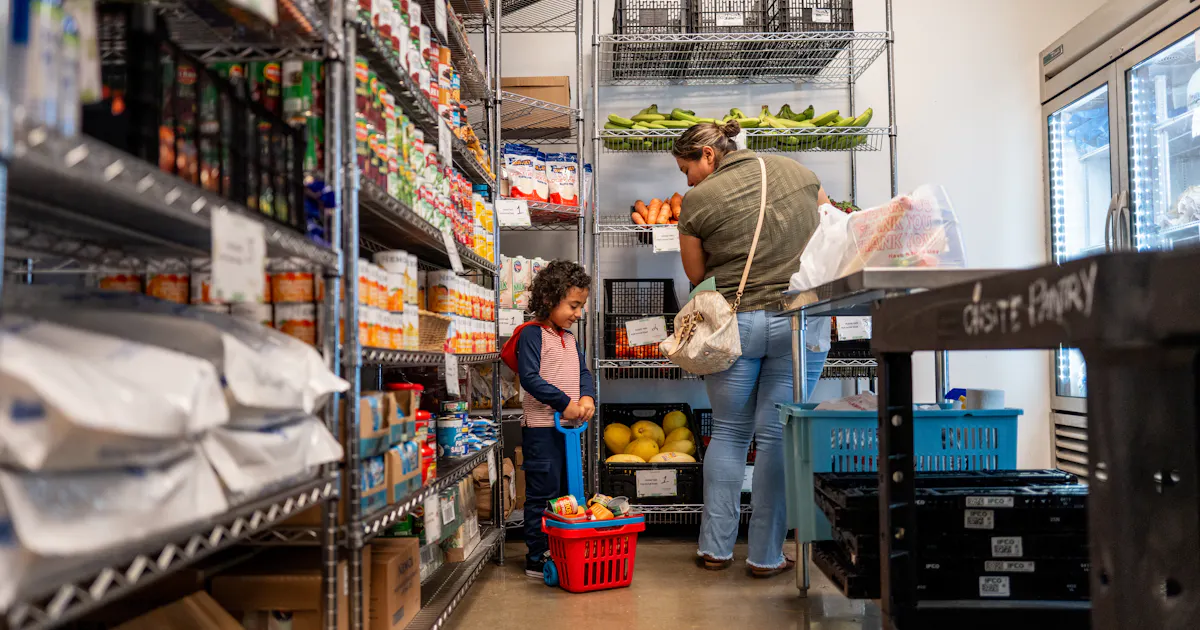By Grace Segers,The Wall Street
Copyright newrepublic

This change comes two months after Congress approved a new law that would dramatically slash federal spending on SNAP. The measure imposes stricter work requirements on participants and pushes a percentage of the cost of SNAP benefits onto states. The nonpartisan Congressional Budget Office has estimated that millions of people could lose their benefits over the next 10 years due to these changes as well as other SNAP-related restrictions in the bill. Without annual data on food insecurity, it may be difficult to gauge the impact of the new law.
“We should have this information so that we can use food insecurity as one of several measures [to show] the impact of all of these changes that are coming down the pike, and we will not be able to assess the impact of that,” said Schanzenbach. “Is that by design, or is that by omission, I don’t know. One can only speculate.”
Meanwhile, food banks across the country are overwhelmed with increased visits amid freezes to certain grants, such as a program that helps community organizations purchase food items from local farmers. High food prices have contributed to this greater need. The loss of this data could make it more difficult for food banks to help the communities that are most in need of assistance, even as more people are reliant on their services.